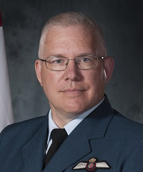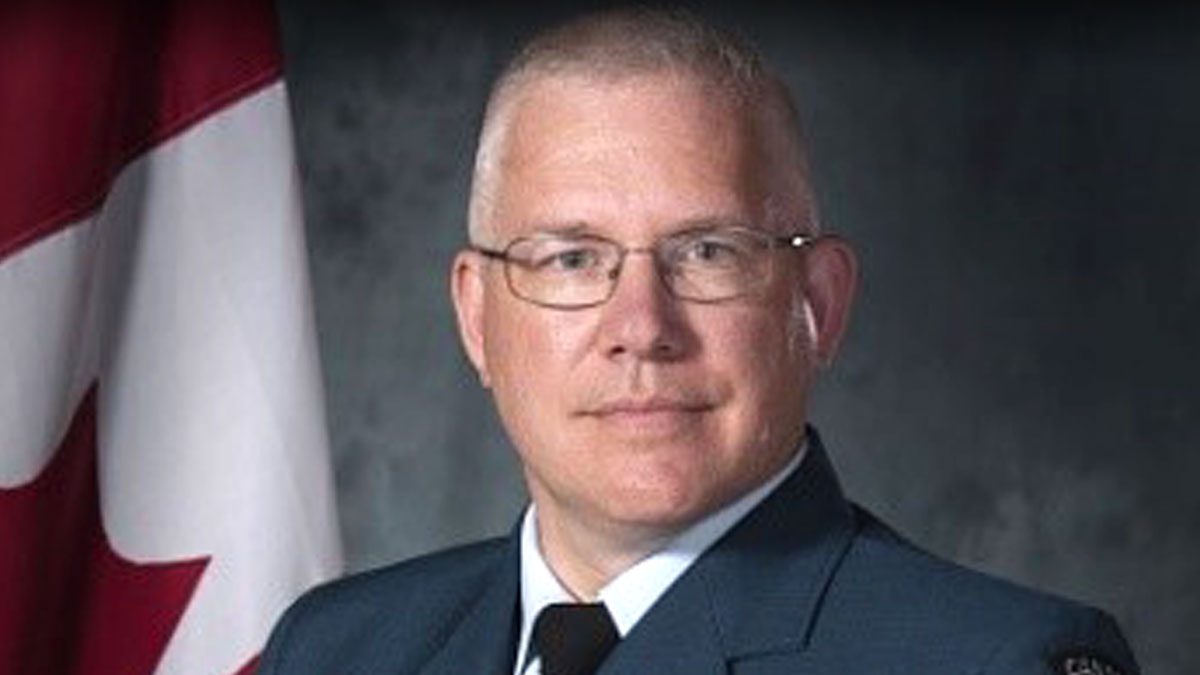An interview with Colonel Pete Saunders, Director of Air Simulation and Training, Royal Canadian Air Force
In February 2016, the Future Aircrew Training program was granted a broader scope to include current Air Combat Systems Officers (ACSO) and Airborne Electronic Sensor Operators, otherwise known as AES Ops. As a result, the “Future Pilot Training Project” was renamed Future Aircrew Training, or FAcT.
Pilots, ACSOs and AES Ops share core skills and knowledge for which a common training system may be employed. The design of the new training system will seek to incorporate the latest and best concepts and technologies for aircrew training available from industry and in use by other militaries around the world.
Through the FAcT program, the Canadian Armed Forces (CAF) will ensure that the three aircrew occupations move on to their Operational Training Units with sufficient immersion in live flying and simulation to provide them with appropriate skill sets in their respective fields.
Recently, Vanguard had the opportunity to interview Colonel Pete Saunders Director of Air Simulation and Training with the Royal Canadian Air Force (RCAF) about the FAcT program.

Col Saunders enrolled in the Canadian Forces in March 1990. Since that time, he has enjoyed operational postings flying and instructing on his beloved Sea King Helicopters at 443 (MH) Sqn in Pat Bay, British Columbia; 423 (MH) Sqn, and 12 Wing Operations in Shearwater, Nova Scotia; culminating in Command of 406 (M) OTS. He has served onboard HMCS Annapolis, HMCS Iroquois, HMCS Fredericton and HMCS Toronto and has deployed throughout the Middle East.
Col Saunders, we know that there is a shortage of pilots in Canada. Of course, this problem is not just limited to Canada, but is a global issue as well. What is the current level of pilot/aircrew production in Canada, and how many more will FAcT produce once that program is in place?
While the RCAF does not have a shortage of applicants for a career as a pilot, low levels of experienced personnel pose a risk to the RCAF’s operational output, which impacts the RCAF’s ability to train, absorb, and employ its personnel in certain capabilities.
The RCAF, in conjunction with CAF senior leadership, is putting in place targeted short-term objectives and holistic long-term activities that will stabilize and grow the RCAF pilot experience levels across all training and operational aircraft fleets.
One of these initiatives is the augmentation of pilot training capacity. This will serve to increase the timeliness, absorption, and production of New Wing Graduates (NWG) and pilot Operational Training Unit Graduates (OTU), while being postured to rapidly absorb these pilots at the tactical squadrons.
The FAcT program will deliver a relevant, flexible and effective aircrew training solution that modernizes the initial phases of pilot training currently provided via the NFTC and CFTS contracts as well as initial training ACSOs and AES Ops.
2 Canadian Air Division produced 100 New Winged Grads (NWG) during the 2018-2019 fiscal year. Broken down into the subsequent streams for pilots, this number represents 21 Phase III Harvard, 49 helicopter, and 33 multi-engine pilots. Additionally, 38 ACSOs and 17 AES Ops were produced in the same timeframe.
The new program will produce an increased number of graduates to a newly defined standard. Specifically, FAcT seeks to generate 120 Pilots, 40 ACSOs and 36 AES Ops each year.
Pilot training can be quite costly. What is the current cost of training a basic pilot, and how much will it cost under the new contract?
The current training program for pilots is conducted under the auspices of two service contracts:
- A $3.8 billion, 25-year contract with CAE Military Aviation Training, ending in 2023 (as last amended), for the North Atlantic Treaty Organization Flying Training in Canada (NFTC) program, which operates out of Moose Jaw, Saskatchewan;
- A $1.8 billion, 22-year contract with Allied Wings, ending in 2027, for the Contracted Flying Training and Support (CFTS) program, which operates out of Southport Aerospace Centre near Portage la Prairie, Manitoba. 3 Canadian Forces Flying Training School (3 CFFTS) conducts flying training on the Multi-Engine and the Helicopter training programs while the contractor, Allied Wings, provides all other aspects of training and support services for primary, basic and advanced training programs.
The invitation to qualify for the FAcT program identified five qualified suppliers (Airbus Defence and Space, Babcock Canada Inc., Leonardo Canada, Lockheed Martin Canada Inc., SkyAlyne Canada Limited Partnership). Canada is currently in an engagement phase which involves in-depth consultation with the five qualified suppliers. Phase 3 of the solicitation process will be a competitive Request for Proposal (RFP) process open to the Qualified Suppliers. The potential value of the future contract has yet to be determined.
How do you plan to maintain output during the transition between the current contracts (NFTC and CFTS) and FAcT, considering the limited number of instructors on the market and overlap of facilities?
One of the tenets of the FAcT transition strategy is that the FAcT contractor will be expected to ramp up with minimal interference and interdependencies with the legacy contractors, including the use of instructors. The FAcT contractor will not have access to infrastructure being used to deliver NFTC and CFTS during transition as it will be in use by the incumbent contractors to deliver legacy training. All FAcT Qualified Suppliers must prepare their bids accordingly.
The FAcT transition strategy will continue to evolve as the program moves forward throughout the current and future phases. As other major capital projects have done in the past, the implementation of FAcT will leverage the creation of a program governance structure and the FAcT Training Implementation Working Group (TIWG). All FAcT stakeholders will have a voice at the TIWG to ensure a smooth implementation while the legacy programs continue to operate.
What kind of aircraft are we likely to see in Portage and Moose Jaw?
The aircraft utilized in training will depend on the training solution proposed by the successful bidder. FAcT is not an aircraft acquisition program; rather, it is a training program. Aircraft – as much as ground-based training systems, courseware, and buildings – are all training aids whose role is to enable the production of winged aircrew.
Are any of the current units or wings likely to close or move due to FAcT?
RCAF has determined that the basing solution for the FAcT program will remain status quo at contract award in 2021. Ab-initio pilot training will be delivered in Moose Jaw and Southport. Ab-initio training for Air Combat Systems Officers and Airborne Electronic Sensor Operators will be delivered in Winnipeg.
Are we going to see more simulation and less actual flying? And what are some of the key capabilities Canada is looking for with FAcT?
The FAcT program will increase the overall amount of live flying and simulation for ab-initio Pilot, ACSO and AES Op training as increased output of personnel will of necessity drive an increase in the flying rate. Additionally, fundamental to FAcT is the intent to incorporate training from the operational training units where it makes sense to do so. This will likewise increase both simulated and live-fly training leading to Wings-standard.
A comparison between the ratio of the current NFTC/CFTS programs and the FAcT program is not yet possible because the proposed training solutions from the Qualified Suppliers will differ in their approach to live flying and simulation.
The FAcT program will ensure that Pilots, ACSOs and AES Ops move on to their Operational Training Units with sufficient immersion in live flying and simulation to provide them with appropriate skill sets in their respective fields.
The importance of a solid foundation in the air environment for ab-initio military aircrew is imperative to ensure that our future Aircraft Captains, Mission Commanders and AES Op leads are appropriately equipped with the right practical skills for operational service.
To learn more about the FAcT program and the next steps, visit https://www.tpsgc-pwgsc.gc.ca/app-acq/amd-dp/air/snac-nfps/ffpn-fact-eng.html.

